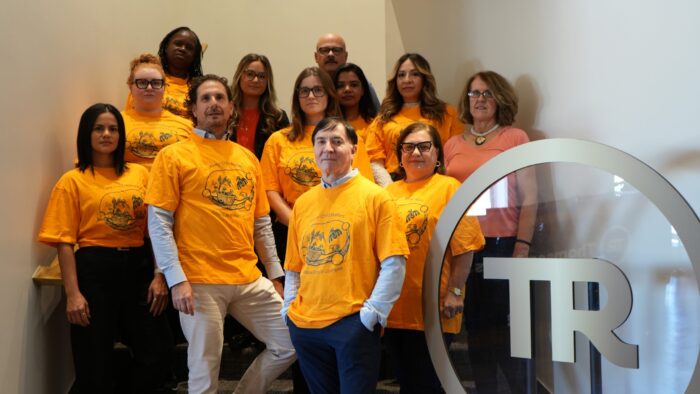Why Safe Cycling Matters
September 10, 2024

Knowing the rules can save your life.
Although the days are gradually getting colder, cyclists continue to navigate the busy streets of downtown Toronto.
The question is, are they doing everything they can to protect themselves?
Every year in Canada, more and more cyclists suffer serious injuries. According to the Brain Injury Society of Toronto, head injuries account for 20-40% of all cycling-related injuries treated in Canadian emergency departments each year.
Under Ontario’s Highway Traffic Act (HTA), a bicycle is a vehicle, just like a car or truck. Cyclists must obey all traffic laws and have the same rights and responsibilities as drivers. Drivers must also be aware that they are sharing the road with cyclists. For example, drivers need to check when turning to ensure no cyclists are in their blind spot. Drivers must give at least a meter of distance when passing a cyclist, and always check before opening a car door.
Cyclists riding on the roadways are vulnerable to serious injury because, other than wearing a helmet, they are completely exposed to an impact from a motor vehicle. Even an approved helmet may be insufficient to protect a cyclist from sustaining a serious head injury. Bicycle accidents frequently occur when cyclists try to avoid motor vehicles that are unaware of the cyclist’s presence on the roadway.
The injury cases we handle at Thomson Rogers involve cyclists who have been struck by a motor vehicle or where a person is injured attempting to avoid a vehicle, generally involving serious and often “catastrophic” injuries.” Many cyclists are unaware of their legal rights following an accident, and the process for making claims is complicated. While motor vehicle/cyclist accidents can often be quite terrifying, the insurance and legal process should not be.
Here are ten steps to follow when you have been injured in a cycling accident:
- Get immediate medical attention after an accident.
- Ensure the police have all of the information they need about the accident.
- Record the names and addresses of all parties involved and witnesses. Record the car insurance information of any other party involved in the accident.
- See your family doctor and keep them informed of your injury.
- Notify your car insurance company within seven days of the accident if you own a motor vehicle and intend to pursue a claim for accident benefits.
- If you do not have car insurance, notify the insurer of the car that struck you immediately.
- Record the names and contact information of all healthcare professionals who treat you and all family members who cared for you (including dates and time spent).
- Keep receipts for all related expenses.
- Check for other insurance coverage (work, school or private plans).
- Contact a lawyer and explore your rights.
It is important for everyone on the road to feel that they are safe. The knowledge of what to do in and after an accident is just as important as how to be safe when cycling.
Thomson Rogers offers free consultations, so please feel free to reach out to us at any time. We are here to help.
_____________
Share this




